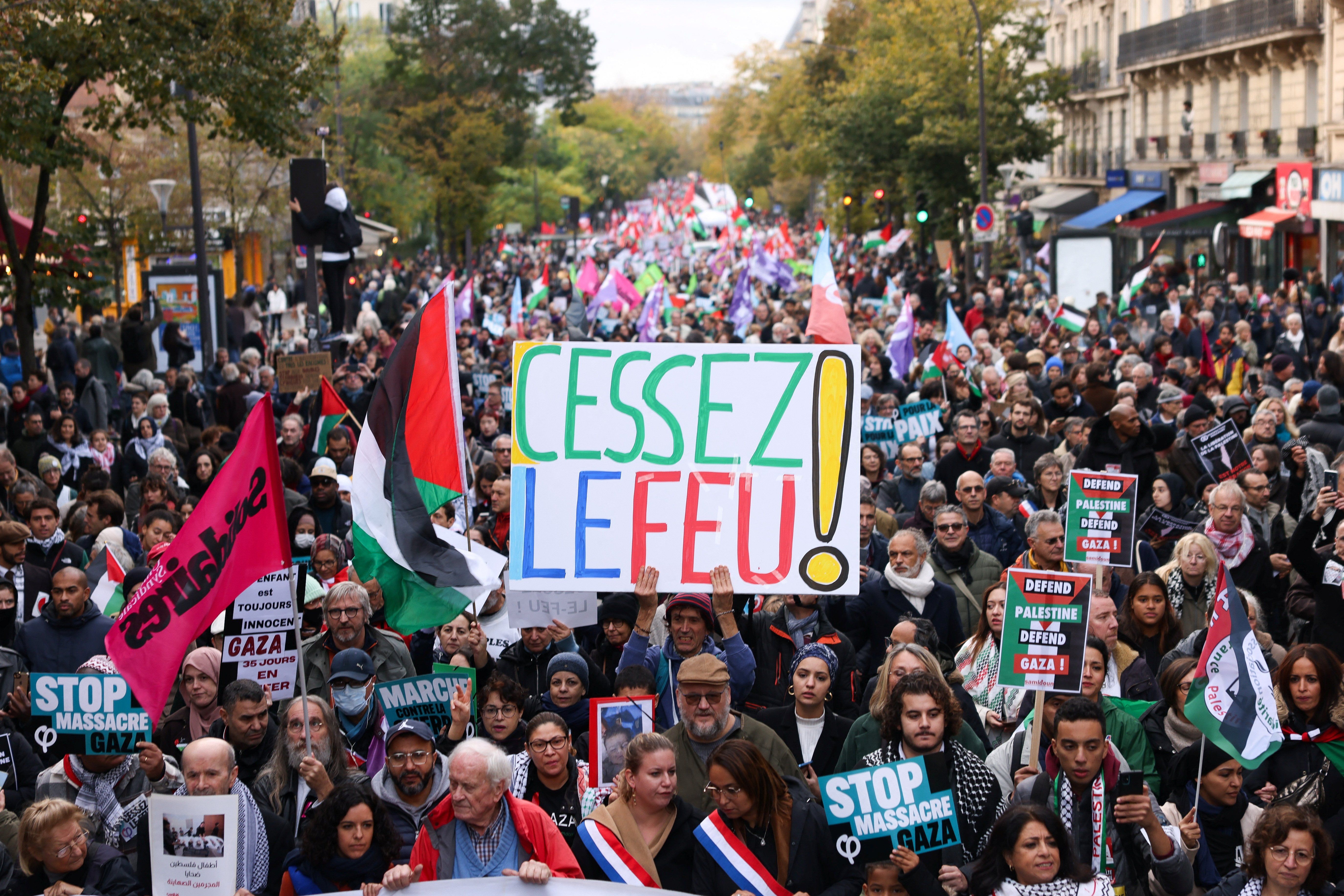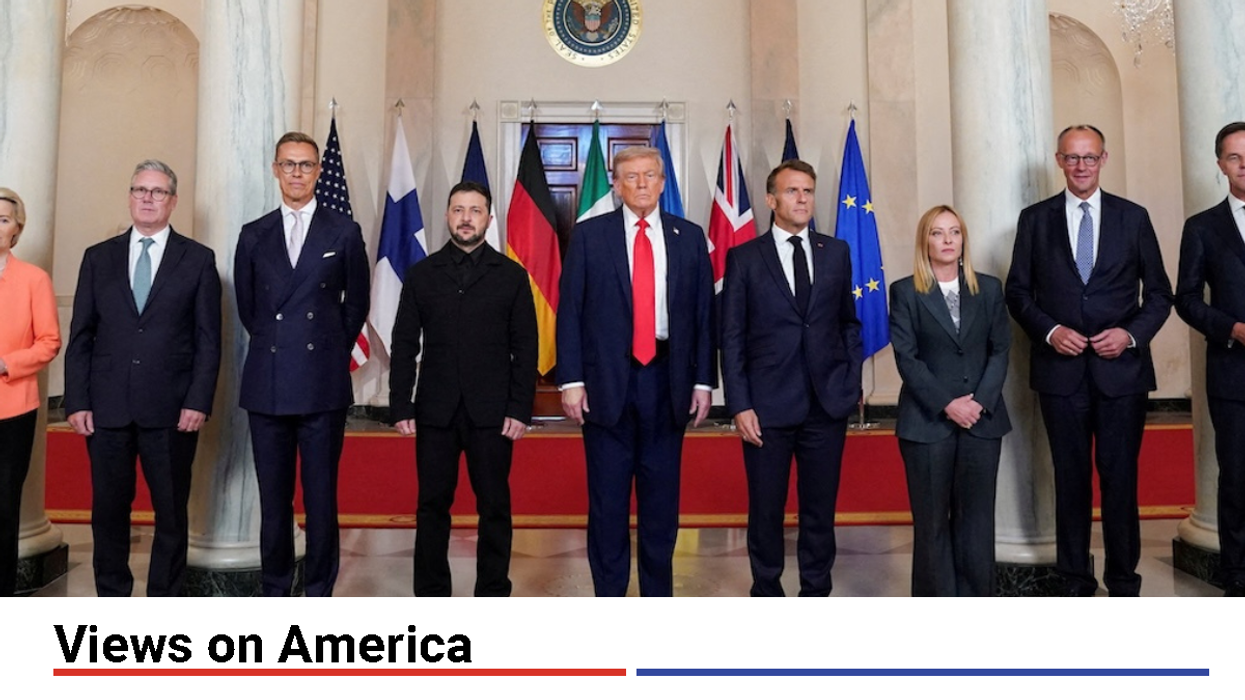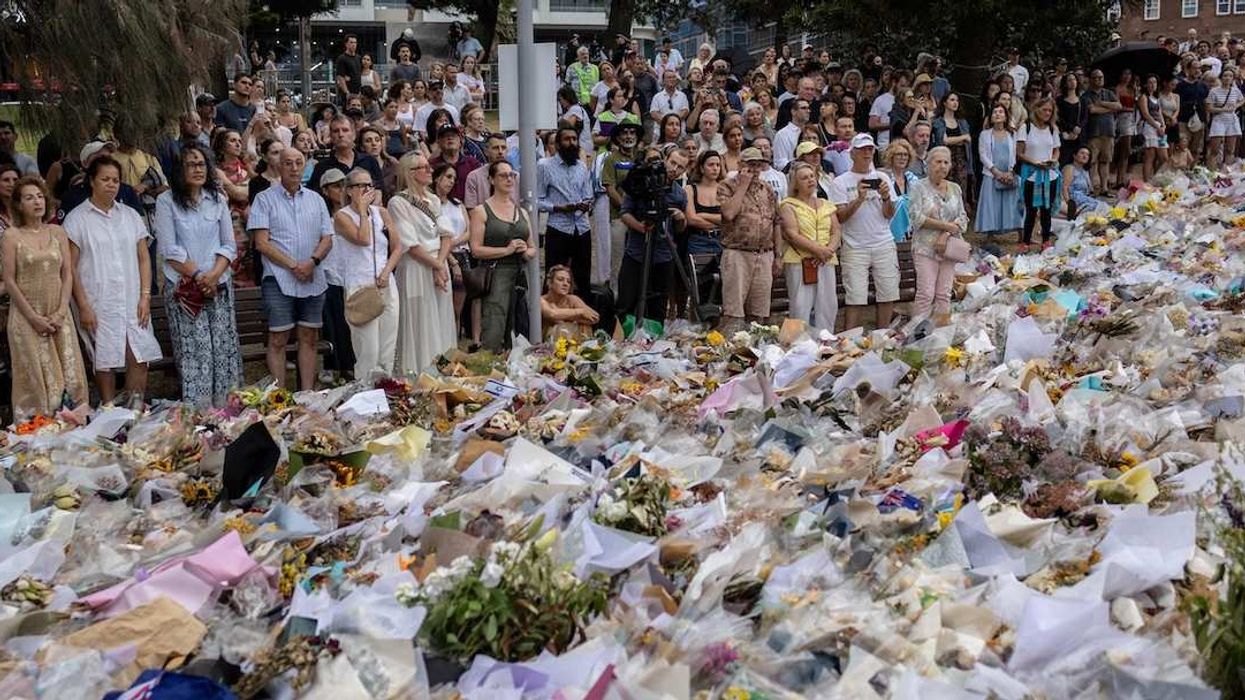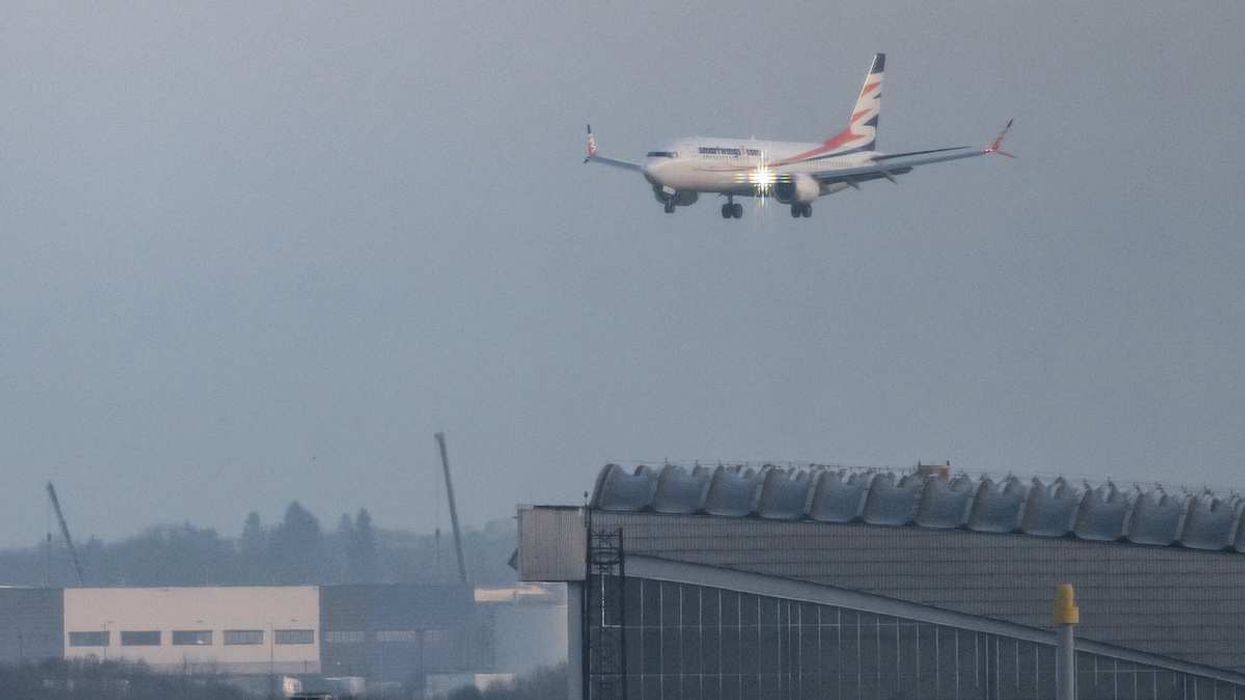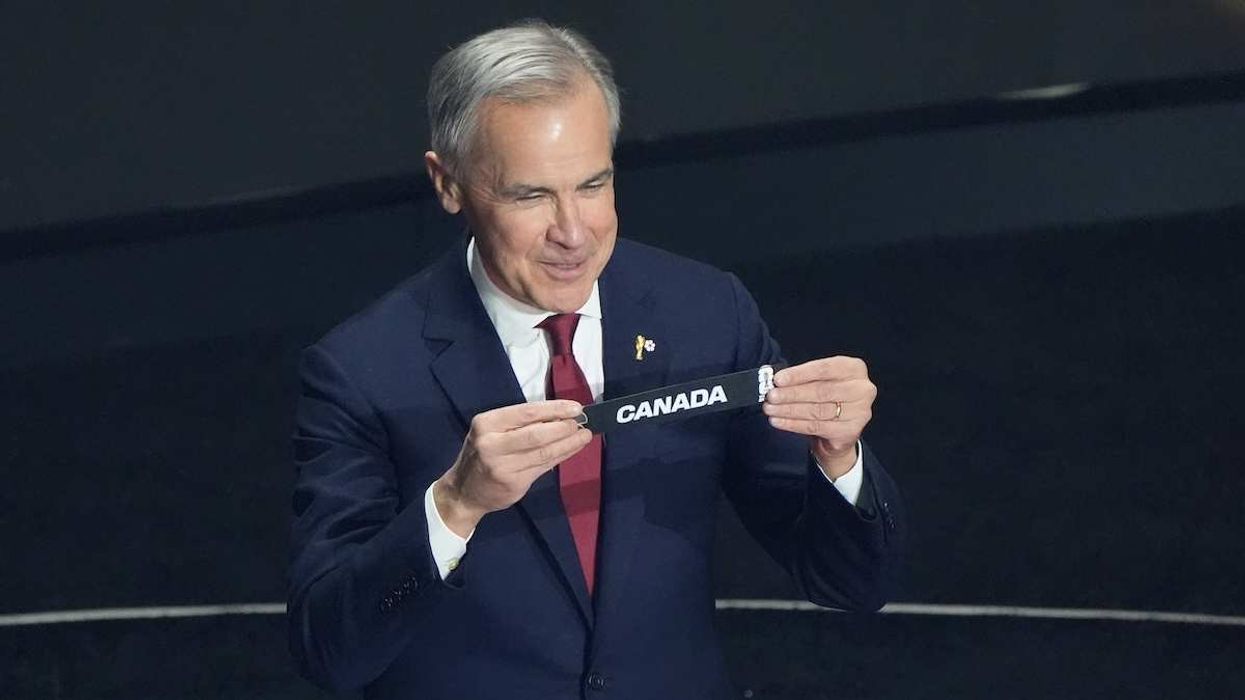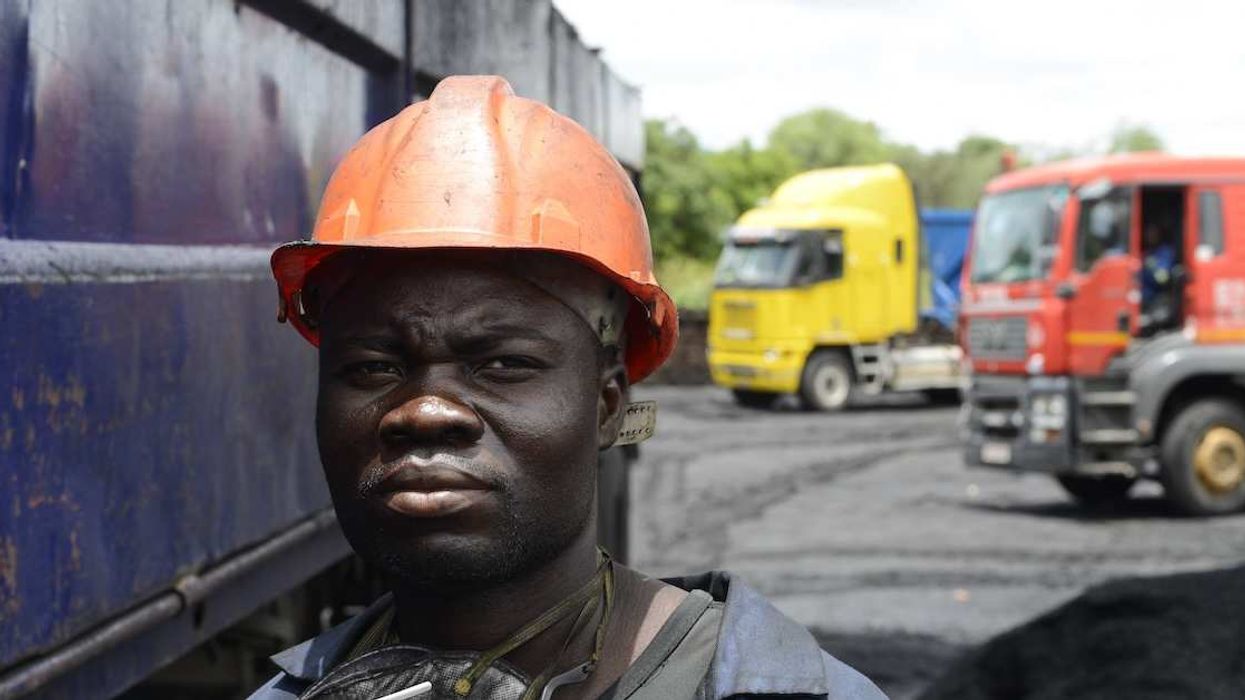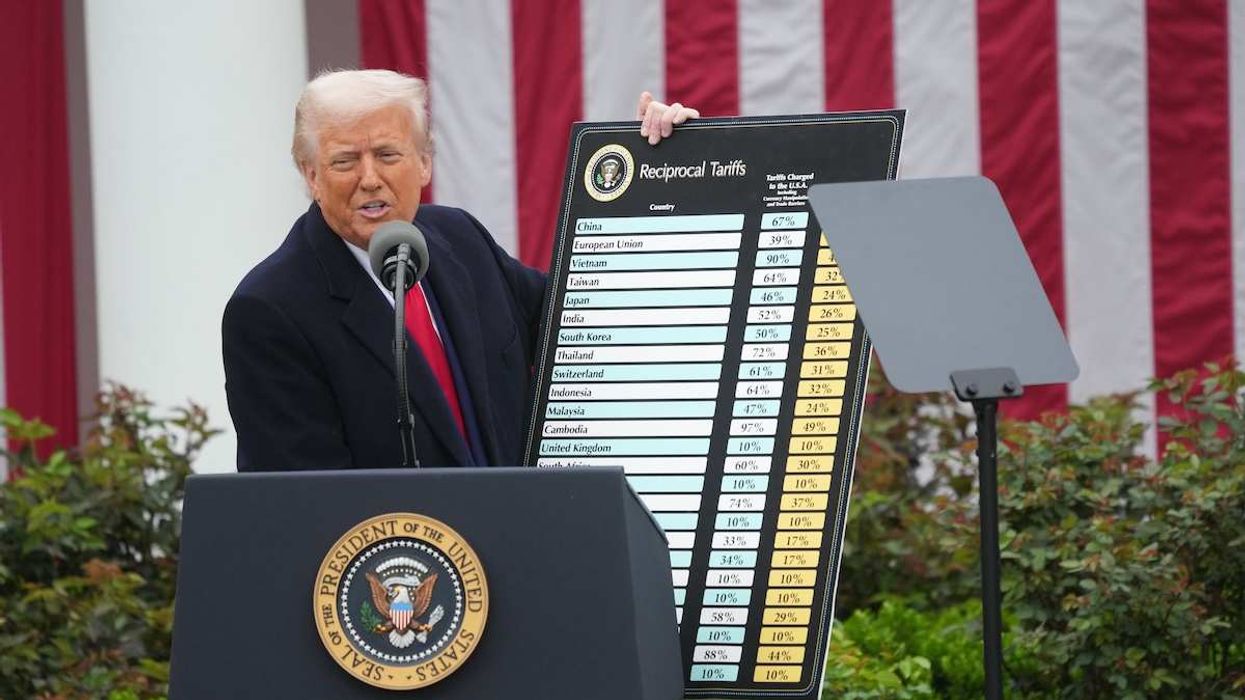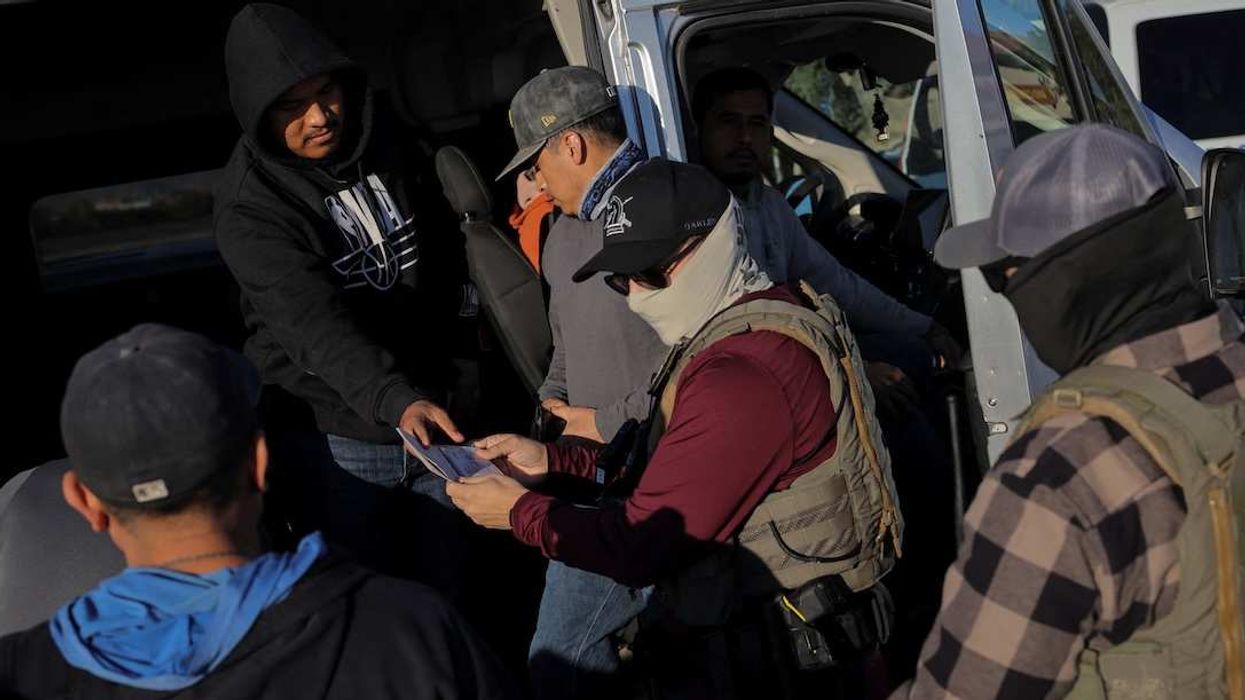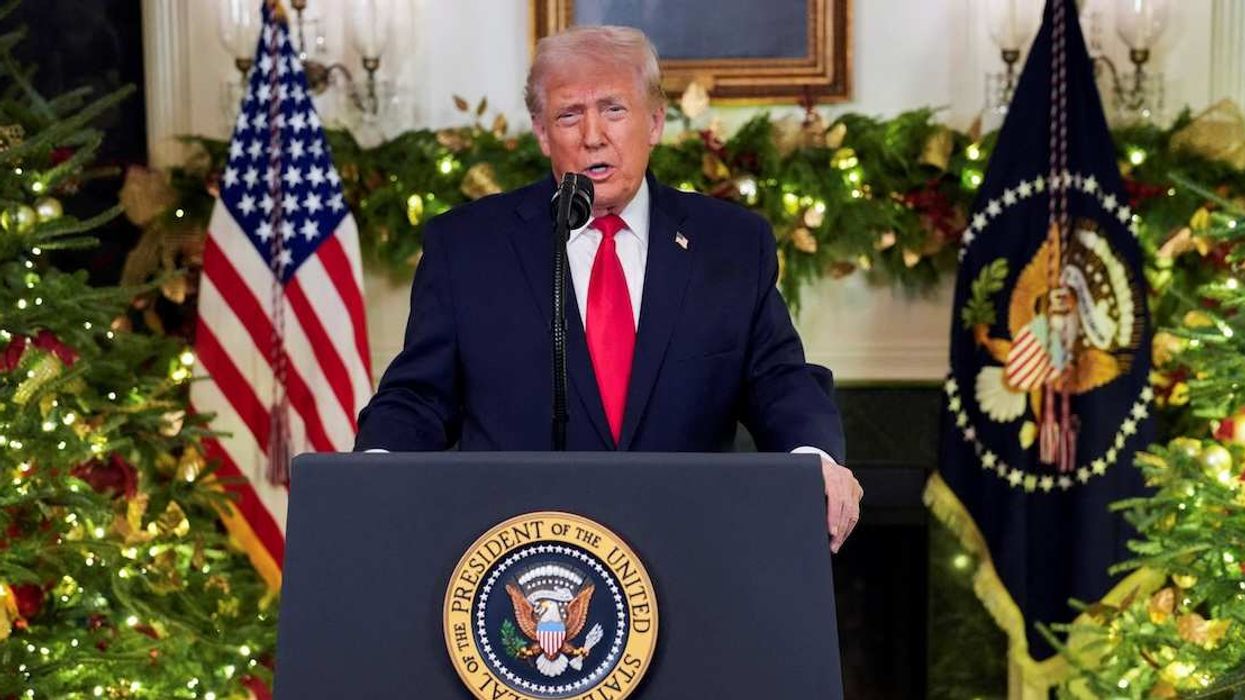There have been growing calls across the globe for a cease-fire in Gaza. Meanwhile, some world leaders have called for humanitarian pauses.
Here’s a breakdown of what these terms mean:
What’s a cease-fire? This is when warring parties agree to set down their weapons and stop fighting for an extended period of time. It typically involves negotiations and could pave the way for a permanent political settlement.
What’s a humanitarian pause? This is briefer and less comprehensive than a cease-fire. It effectively means hitting the pause button on a conflict for a short period – for days or even just hours – to allow people to escape a conflict zone and/or to let aid flow into the area.
Who is calling for what? The US government, Israel’s greatest ally, has advocated for humanitarian pauses. Most US allies have issued similar calls to President Joe Biden, though French President Emmanuel Macron recently broke ranks and called for a cease-fire. UN chief António Guterres has also called for a cease-fire.
They and other proponents of a cease-fire point to the rising Palestinian death toll and escalating humanitarian crisis as Israel continues air strikes and expands its ground operations in Gaza. Opponents argue that ceasing fire would allow Hamas to regroup and pose a continued threat to Israel.
Israel’s view: Prime Minister Benjamin Netanyahu has firmly rejected calls for a cease-fire but did recently agree to four-hour daily pauses of fighting. There are also reportedly negotiations underway for Hamas to release dozens of hostages in exchange for a multiday pause in the fighting and the release of Palestinian prisoners.
One expert’s view: Israel’s goal of destroying Hamas remains one of the biggest obstacles to a cease-fire, says Mohammed Abu-Nimer, a professor of international conflict resolution at American University in Washington, DC, noting that it’s “unattainable” because it’s impossible to eradicate an ideology.
“It's basically a situation where one government, one side is saying, ‘We are going to eliminate you, and therefore we're not going to stop bombarding you’,” says Abu-Nimer.
“But Israel and Hamas have had many cease-fires in the past,” he adds. “And they have exchanged hostages and prisoners. They've done that before. Everyone knows that it's possible to have it, and it's possible to reach an agreement."
Previous cease-fires between Israel and Hamas, however, have ended inconclusively, leaving the door open to future conflict.
A humanitarian pause is “needed” in Gaza to avoid “massive loss of life” due to both the constant bombing and “conditions on the ground,” Abu-Nimer says.
But a cease-fire would go further and allow for necessary dialogue on “what arrangements Israel needs in Gaza for it to secure its border" and what Palestinians need in terms of their own safety and freedoms, he adds.
